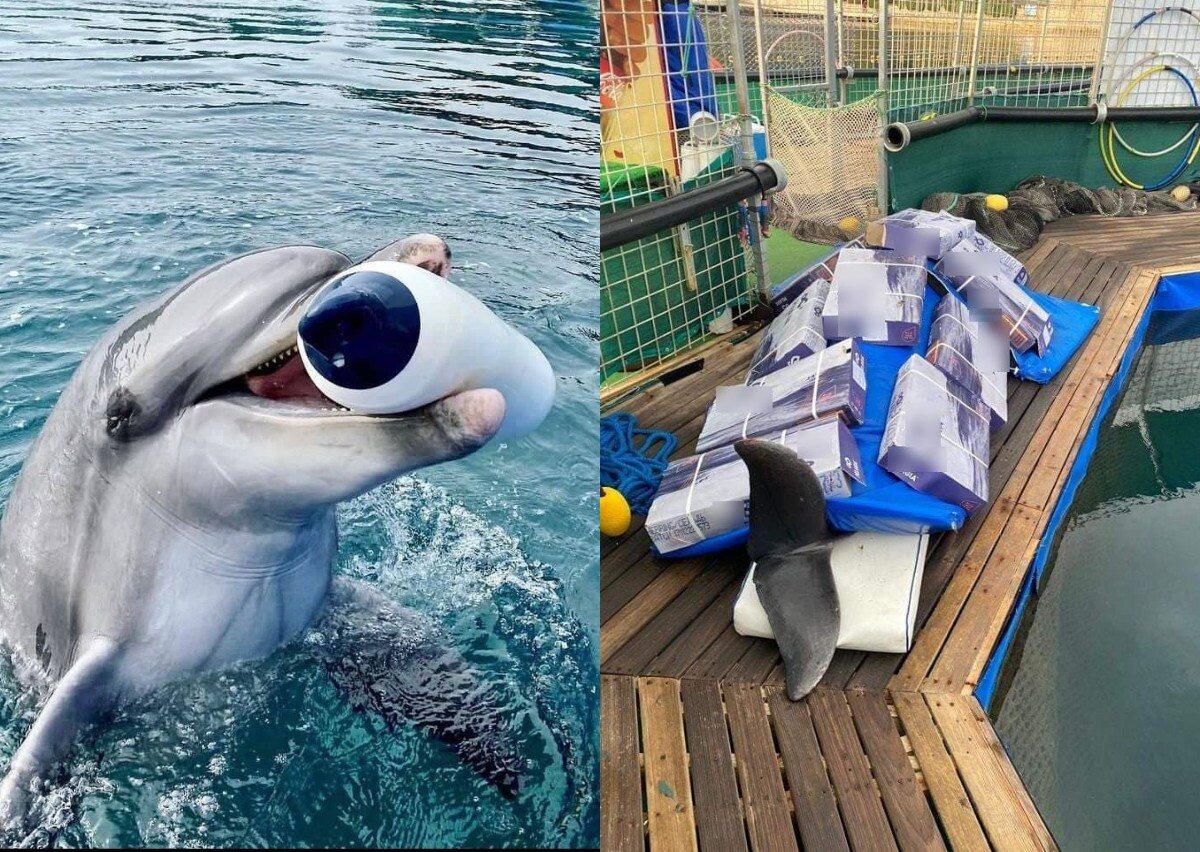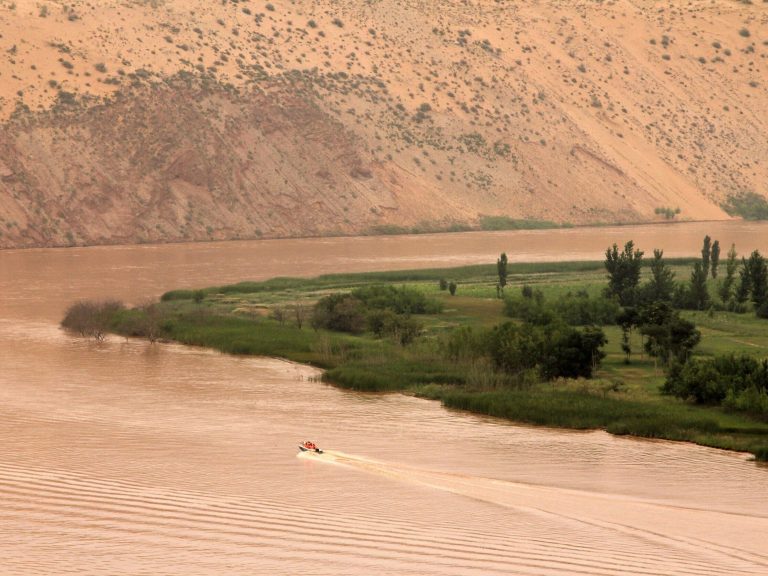The curse of the “eternally smiling” dolphin. This is how mammals suffer to the delight of tourists

Frosia, her 15-day-old calf (unnamed), Flip, Splash and Jonas are dolphins who died prematurely before the dolphinarium in Marmaris, Turkey closed. Demonstrations and swimming sessions with these wild animals go against their nature, and the sense of therapy is questioned by science. At least some of the enslaved mammals come from fishing in Taiji, the famous bay that runs with blood every year.
In the picture we see Splash. This is a dolphin that died last July in the now-defunct dolphinarium in Turkish Marmaris. The photo was shown to us by activist Tracey Özdemir, founder of the whale rights organization Media On Taiji Ocean Defenders. She learned that the dolphin’s body had been wrapped in containers of frozen fish to be carried out of the facility under the cover of night. The dolphinarium in Marmaris has been closed due to several consecutive deaths of dolphins, but there are others in the country that are eagerly visited by tourists. Daisy and Eva, Frosia’s child, ended up in one of them. “The victory was bittersweet,” says Özdemir.
In mid-July, news portals circulated news about sunbathers attacked by dolphins in Japan. Near the popular Suishohama Beach in Mihama City, Fukui Prefecture. This is a beautiful and popular beach, known for its turquoise waters and a landscape that evokes associations with the Caribbean. The attack ended broken arm and ribs in four swimmers. It is not known whether the sunbathers themselves were looking for contact with the beautiful mammals, or whether they attacked suddenly.
How is this possible? After all, a dolphin’s face always looks smiling. It’s hard to call them “wild animals”. In fact, a dolphin’s smile is an anatomical grimace of its jaws. “The smile of a dolphin is nature’s greatest deception. He gives the impression that he is always happy, said Ric o’Barry, a former dolphin trainer, founder of the non-profit Dolphin Project to end their captivity.
Apparent friendliness and trainability are the reasons why dolphins have been used for human entertainment and dolphin-assisted therapy for years. From the point of view of patients, it turns out to be meaningless, because its effectiveness has been undermined by scientific research. It is possible that many interactions with dolphins would have ended up being bitten or slapped if not for severe training. One of the last such attacks occurred in 2022 in Florida, where a dolphin hit a trainer in front of the audience.
– The premiere of the film “Flipper” in 1963 made the expansion of dolphinariums in the USA and Europe. People wanted to see the bottlenose whales, which in a way became ambassadors for whales. There is demand, there must be supply. The dolphin business has begun – says Piotr Przyłucki, president of the Castellum Nostrum Association, who, as a student of Animal Breeding and Biology, completed internships in dolphinariums, e.g. in Germany, Switzerland, USA and Japan. – Breeding was not perfect, dolphins often got sick, there were miscarriages or calves did not live long. The only solution was to obtain new animals from harvests or to develop breeding methods. In my opinion, both ways worked at the time. Dolphinariums turned out to be a multi-billion (dollar) branch of the entertainment industry – he says. To this day, dolphins also play online, as evidenced by the popularity of trainer Anna Chulkova from the dolphinarium in Georgian Batumi on TikTok. In her videos, dolphins even perform a kind of dance.






